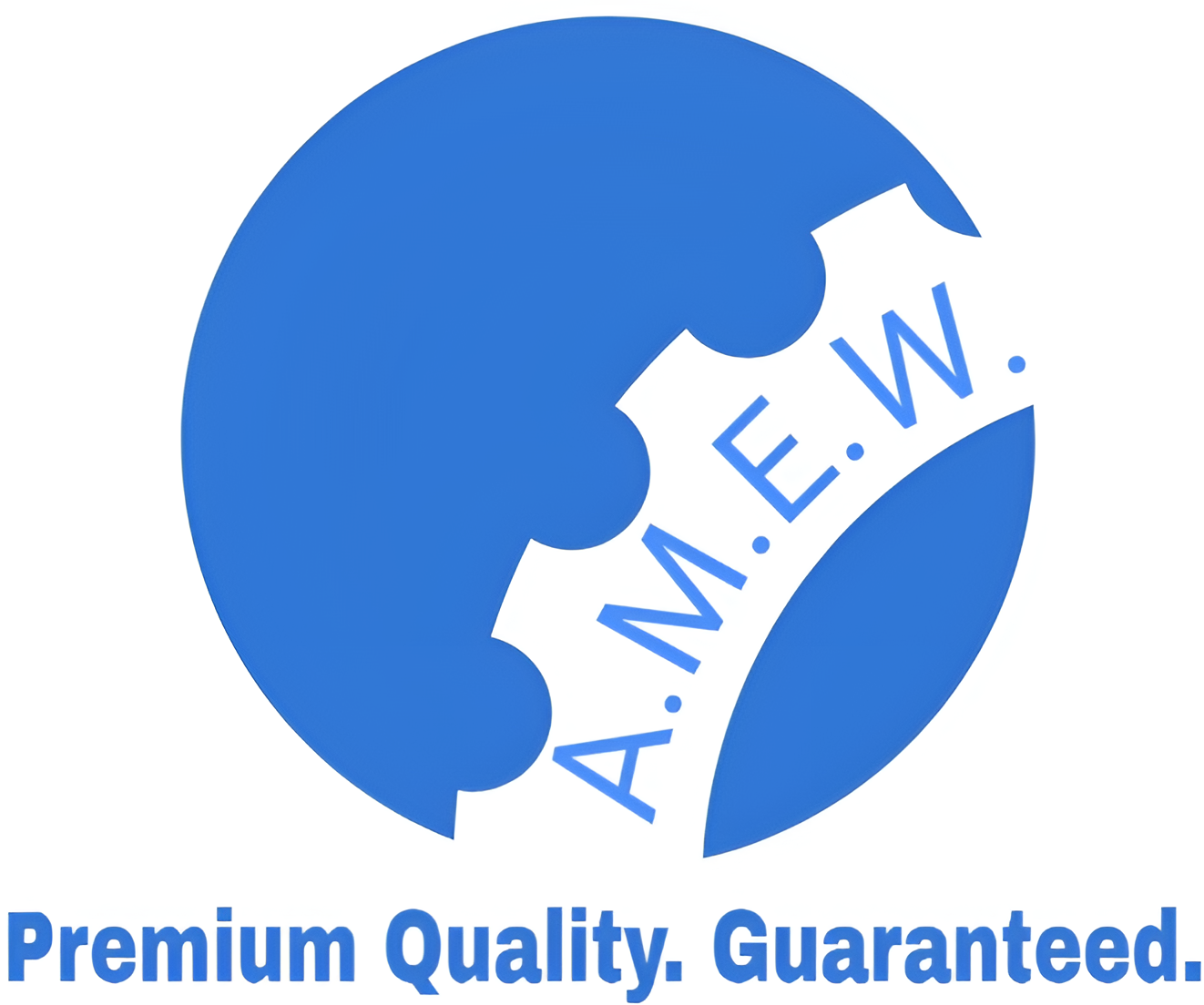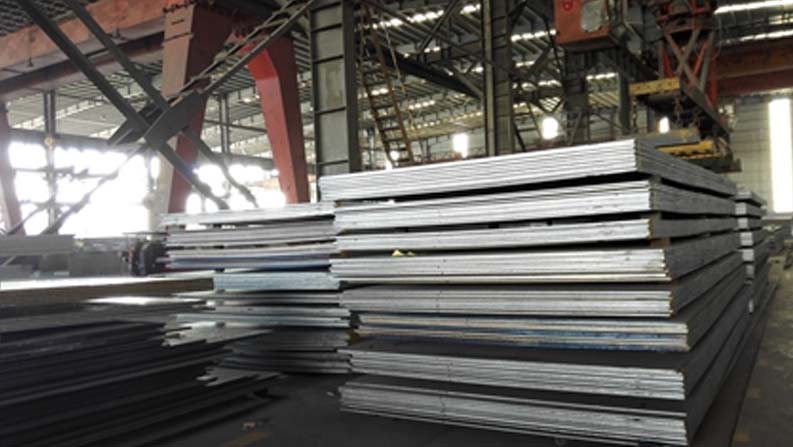Description
High Carbon Quenched and Tempered Steel
Table of Contents
- Introduction to High Carbon Quenched and Tempered Steel
- Chemical Composition
- Mechanical Properties
- Applications of High Carbon Quenched and Tempered Steel
- Comparison with Other Steel Grades
- Heat Treatment and Fabrication
- Advantages and Disadvantages
- Conclusion
1. Introduction to High Carbon Quenched and Tempered Steel
High carbon quenched and tempered steel is engineered to deliver exceptional strength and toughness, making it ideal for demanding applications. This steel grade features a nominal hardness of 400 HBW, ensuring a balance between hardness and ductility. Its excellent weldability makes it a favored choice in various industrial sectors, allowing for versatile fabrication without compromising the material’s integrity.
This type of steel plate is particularly advantageous in environments requiring resilience and performance under stress.
2. Chemical Composition
The chemical composition of high carbon quenched and tempered steel plays a crucial role in defining its properties. Typical elements include:
- Carbon (C): 0.40% – 0.50%
- Manganese (Mn): 0.60% – 1.20%
- Silicon (Si): ≤ 0.40%
- Chromium (Cr): 0.5% – 1.0%
- Phosphorus (P): ≤ 0.04%
- Sulfur (S): ≤ 0.05%
- Iron (Fe): Balance
This composition contributes to the material’s overall performance, providing strength while maintaining good formability.
3. Mechanical Properties
High carbon quenched and tempered steel demonstrates impressive mechanical properties, ensuring reliability in various applications:
| Property | Value |
|---|---|
| Hardness | 400 HBW |
| Yield Strength | 700 – 900 MPa |
| Tensile Strength | 900 – 1100 MPa |
| Elongation (min) | 12% – 15% |
These properties enable this steel grade to withstand significant mechanical stresses while maintaining structural integrity.
4. Applications of High Carbon Quenched and Tempered Steel
This grade of steel plate is widely utilized across various industries due to its robust properties. Typical applications include:
- Yellow Goods: Commonly used in heavy machinery such as bulldozers and excavators.
- Mining: Suitable for equipment that operates in abrasive environments.
- Agriculture: Employed in farming machinery requiring durability and strength.
- General Engineering: Versatile enough for various engineering applications.
- Mechanical Handling: Ideal for components in forklifts and material handling systems.
- Structural Applications: Used in constructing frameworks and supports that require high strength.
The adaptability of this steel grade across different sectors underscores its importance in industrial applications.
5. Comparison with Other Steel Grades
When comparing high carbon quenched and tempered steel to other grades, its unique balance of strength and weldability becomes evident:
| Steel Type | Hardness (HBW) | Yield Strength | Applications |
|---|---|---|---|
| High Carbon Q&T | 400 | 700 – 900 MPa | Mining, agriculture, machinery |
| Medium Carbon Steel | 250 – 350 | 350 – 600 MPa | General construction |
| High Strength Steel | 500 – 600 | 900 – 1200 MPa | Structural applications |
High carbon quenched and tempered steel offers enhanced properties suited for applications where high performance is essential.
6. Heat Treatment and Fabrication
This steel grade can undergo various heat treatment processes to optimize its properties:
- Quenching: Involves rapid cooling to achieve high hardness.
- Tempering: Reduces brittleness while retaining strength.
- Normalizing: Can be applied to refine grain structure for better machinability.
These processes enhance the steel’s performance, making it suitable for high-stress environments.
7. Advantages and Disadvantages
Advantages
- High Strength and Toughness: Suitable for heavy-duty applications where performance is critical.
- Good Weldability: Allows for flexible design and fabrication options.
- Excellent Formability: Can be shaped and processed with ease.
Disadvantages
- Potential for Brittleness: If not properly treated, the high carbon content can lead to brittleness.
- Cost: Higher strength materials may come at a premium compared to standard grades.




